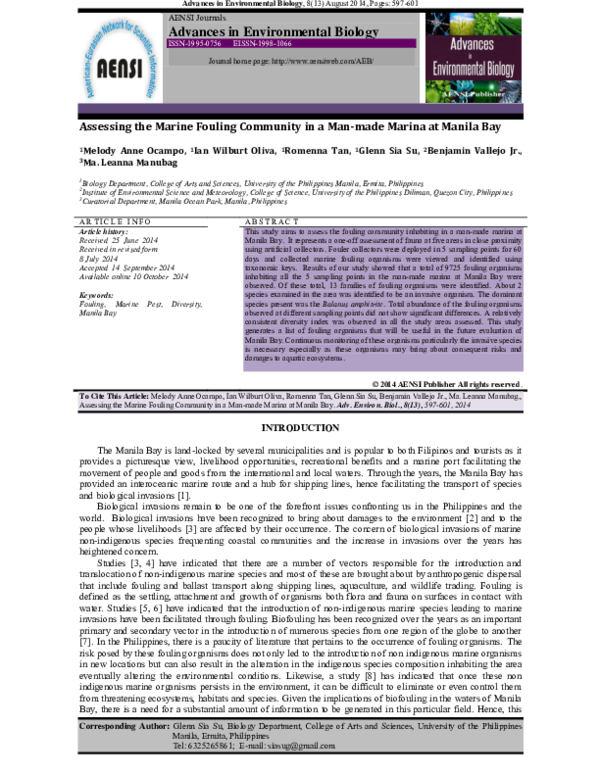Complete Gene Insertion: Advances In Precise Gene Editing Technology

Table of Contents
Understanding Complete Gene Insertion
Complete gene insertion refers to the precise addition of a complete gene sequence into a specific location within a genome. Unlike gene editing techniques like CRISPR-Cas9, which primarily focus on modifying existing genes through deletion, insertion, or replacement of short DNA sequences, complete gene insertion aims to introduce entirely new, functional genes. CRISPR-Cas9, while revolutionary, has limitations in efficiently inserting large DNA sequences and can sometimes lead to off-target effects. Complete gene insertion seeks to overcome these limitations.
The mechanism, in simple terms, involves precisely targeting a specific genomic location and then inserting a donor DNA sequence containing the desired gene. This process requires sophisticated techniques to ensure accurate targeting and efficient insertion while minimizing unwanted modifications elsewhere in the genome.
- Precise targeting of genomic locations: Ensures the new gene integrates into the correct spot for optimal function.
- Efficient insertion of large DNA sequences: Allows for the introduction of complex genes with multiple regulatory elements.
- Minimization of off-target effects: Reduces the risk of unintended genetic alterations.
- Potential for correcting genetic defects: Offers a powerful tool for treating genetic diseases caused by gene mutations.
Key Techniques Driving Complete Gene Insertion
Several techniques are driving advancements in complete gene insertion:
Homologous Recombination (HR)
Homologous recombination is a natural cellular process used to repair double-strand breaks (DSBs) in DNA. In gene insertion, researchers introduce a donor DNA template containing the desired gene alongside the DSB. The cell's repair machinery uses this template to accurately insert the new gene.
- Use of donor DNA templates: Provides the blueprint for accurate gene insertion.
- Requirement for double-strand breaks (DSBs): Often induced using techniques like CRISPR-Cas9 or other nucleases.
- Relatively low efficiency in some cell types: Can be challenging to achieve high insertion rates in certain tissues or organisms.
Transposon-Based Systems
Transposons, or "jumping genes," are mobile genetic elements that can insert themselves into different genomic locations. Engineered transposon systems can be used to deliver genes into cells.
- Random vs. targeted insertion: While some systems offer targeted insertion, many still exhibit some degree of randomness.
- High efficiency in some applications: Transposons can achieve high insertion rates in certain cell types.
- Potential for insertional mutagenesis: Random integration can disrupt essential genes, causing harmful effects.
Viral Vectors
Viral vectors, such as adeno-associated viruses (AAVs) and lentiviruses, are commonly used for gene delivery. They can efficiently infect cells and deliver genetic material.
- Efficient gene transfer: High rates of gene delivery to target cells.
- Targeting capabilities: Engineered viruses can be designed to target specific cell types.
- Safety concerns and immunogenicity: Potential for immune responses and other adverse effects.
Non-viral Methods
Non-viral methods, including lipid nanoparticles and electroporation, are emerging as alternatives to viral vectors.
- Advantages and disadvantages compared to viral methods: Non-viral methods generally pose lower safety risks but often exhibit lower efficiency.
- Current limitations and future potential: Ongoing research is focused on improving efficiency and delivery specificity.
Applications of Complete Gene Insertion
The implications of complete gene insertion are far-reaching:
Treatment of Genetic Diseases
Complete gene insertion holds immense potential for treating monogenic disorders. For example, inserting a functional copy of the CFTR gene could correct the underlying defect in cystic fibrosis.
- Specific examples of successful gene therapy using complete gene insertion: Several clinical trials are underway demonstrating promising results.
- Challenges and limitations in clinical translation: Delivering the gene to the correct cells and achieving long-term expression remain major hurdles.
Cancer Therapy
Complete gene insertion is being explored in cancer therapies, including CAR T-cell therapy. This involves engineering immune cells to express chimeric antigen receptors (CARs) that target cancer cells.
- Engineering immune cells to target cancer cells: Enhances the ability of the immune system to destroy cancer cells.
- Introducing tumor suppressor genes: Can restore the function of genes lost or mutated in cancer cells.
Genetically Modified Organisms (GMOs)
Complete gene insertion plays a vital role in agricultural biotechnology. This technology is used to improve crop yields, enhance nutritional value, and increase pest resistance.
- Improvement of crop yield and nutritional value: Leads to higher productivity and more nutritious food.
- Pest resistance: Reduces the need for pesticides, benefiting the environment and human health.
- Ethical and environmental considerations: The use of GMOs raises ethical and environmental concerns that must be carefully considered.
Ethical Considerations and Future Directions
The power of complete gene insertion necessitates careful consideration of ethical implications.
- Informed consent and equitable access: Ensuring fair and equitable access to this technology is crucial.
- Potential for unintended consequences: Thorough research and safety testing are essential to minimize risks.
- Regulatory frameworks and oversight: Establishing robust regulatory frameworks is vital to guide the responsible development and use of this technology.
Future research will focus on improving the efficiency, specificity, and delivery methods of complete gene insertion. Advancements in gene editing tools, delivery systems, and our understanding of gene regulation will pave the way for safer and more effective applications.
Conclusion
Complete gene insertion represents a significant leap forward in precise gene editing technology, offering the potential to revolutionize healthcare and various other fields. While challenges remain, ongoing research and technological advancements promise to overcome these hurdles, leading to more efficient, precise, and safer gene insertion techniques. Further exploration into the ethical considerations is paramount to responsible development and application. The future of medicine and biotechnology is inextricably linked to the continued progress in complete gene insertion – let’s explore its potential together. Learn more about the latest advances in complete gene insertion and its transformative applications.

Featured Posts
-
 M72 Tour 2026 Metallicas Uk And European Leg Announced
May 30, 2025
M72 Tour 2026 Metallicas Uk And European Leg Announced
May 30, 2025 -
 Ruben Amorim Casts Doubt On Manchester United Players Reliability
May 30, 2025
Ruben Amorim Casts Doubt On Manchester United Players Reliability
May 30, 2025 -
 Experience Gorillazs House Of Kong A 25th Anniversary Retrospective
May 30, 2025
Experience Gorillazs House Of Kong A 25th Anniversary Retrospective
May 30, 2025 -
 The Future Of Manila Bay Assessing Its Long Term Vibrancy
May 30, 2025
The Future Of Manila Bay Assessing Its Long Term Vibrancy
May 30, 2025 -
 Stock Market Valuations Bof A Assures Investors Despite Elevated Prices
May 30, 2025
Stock Market Valuations Bof A Assures Investors Despite Elevated Prices
May 30, 2025
